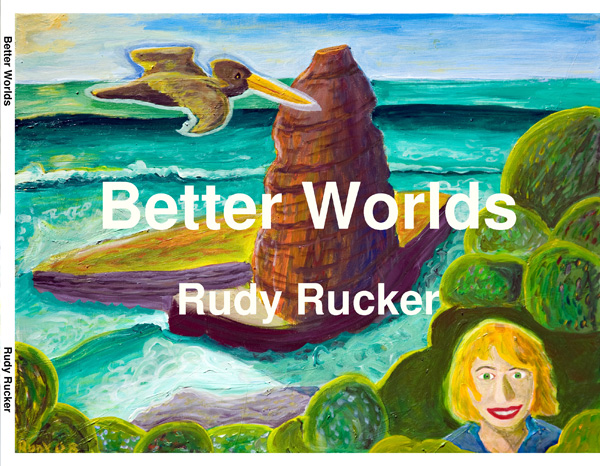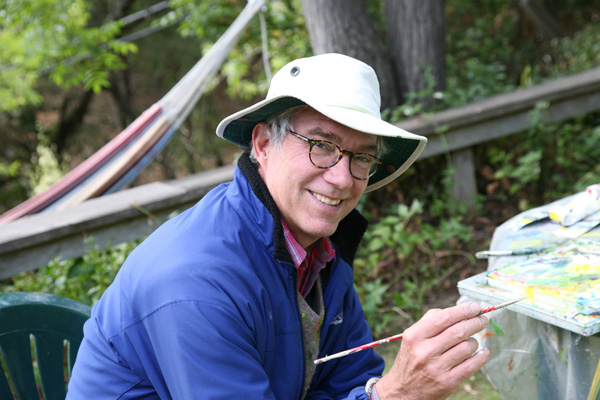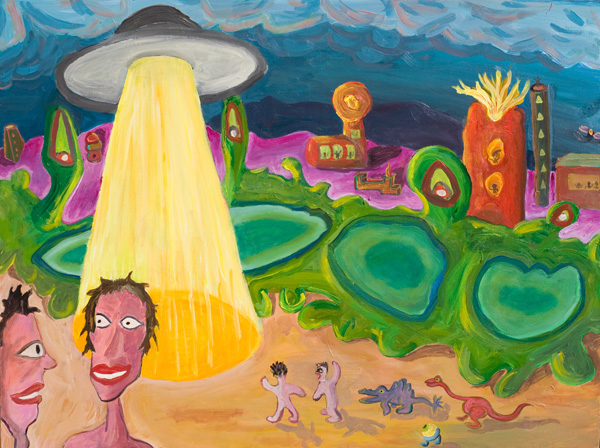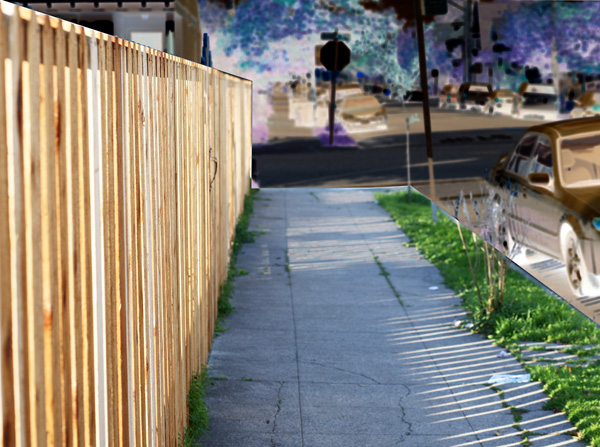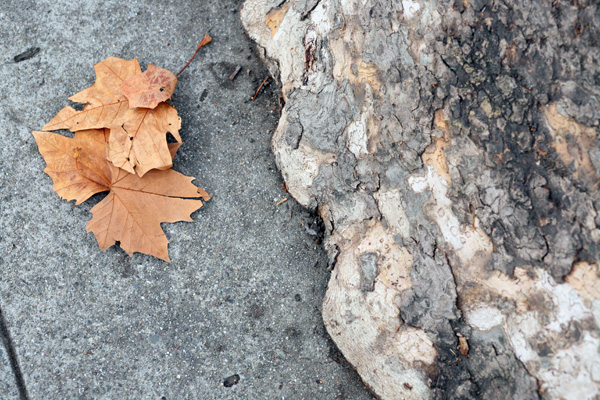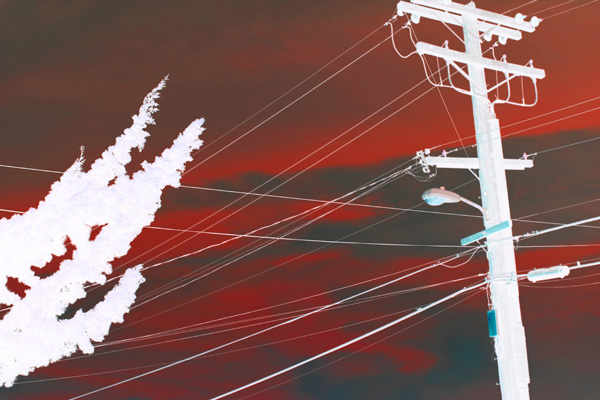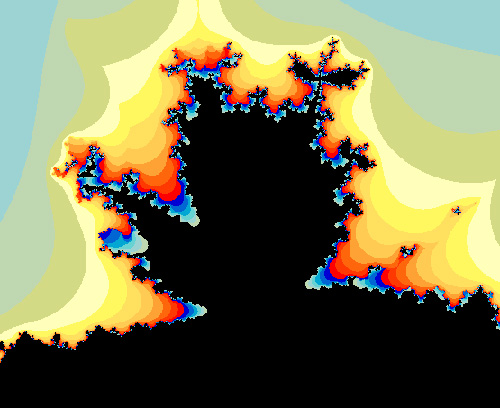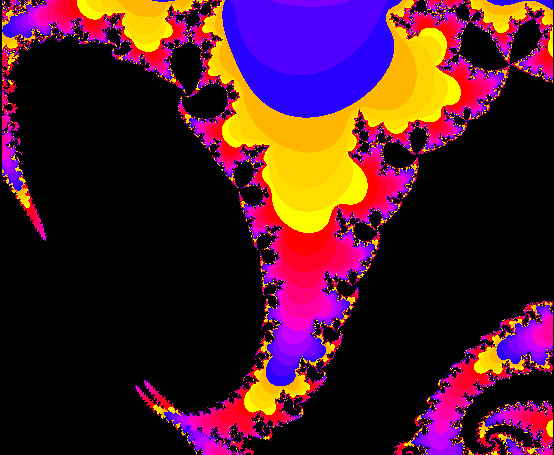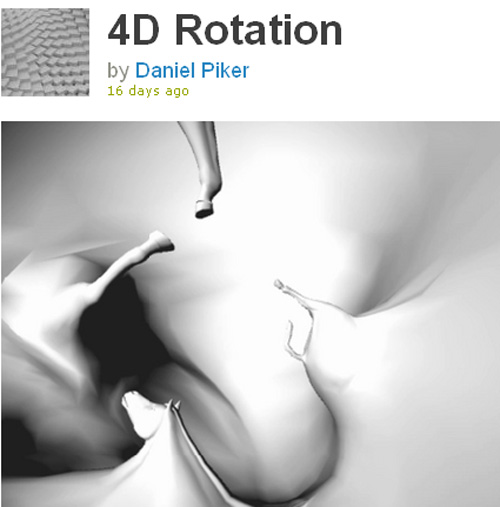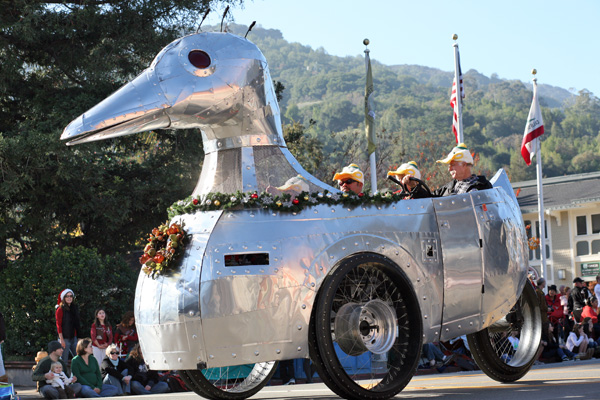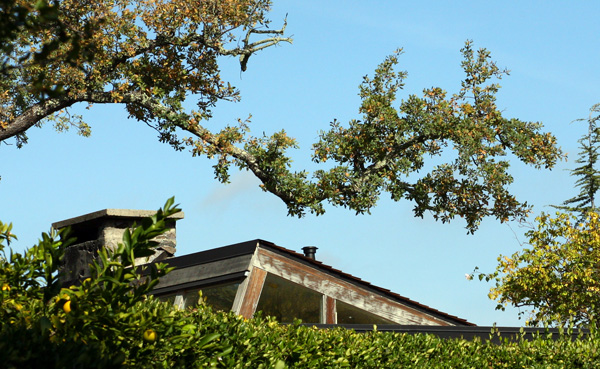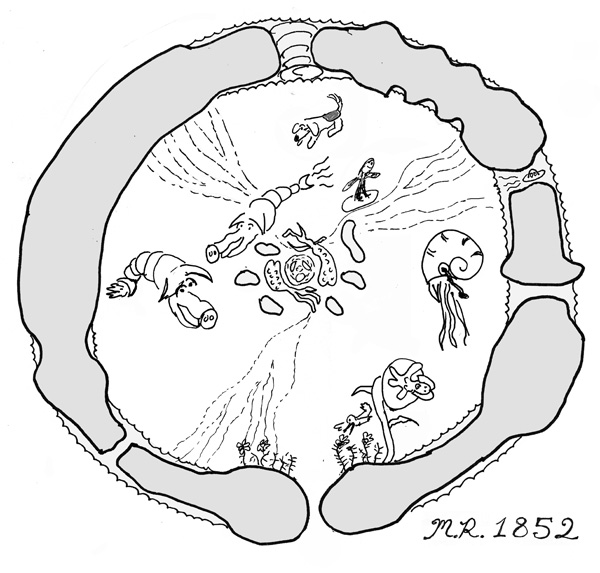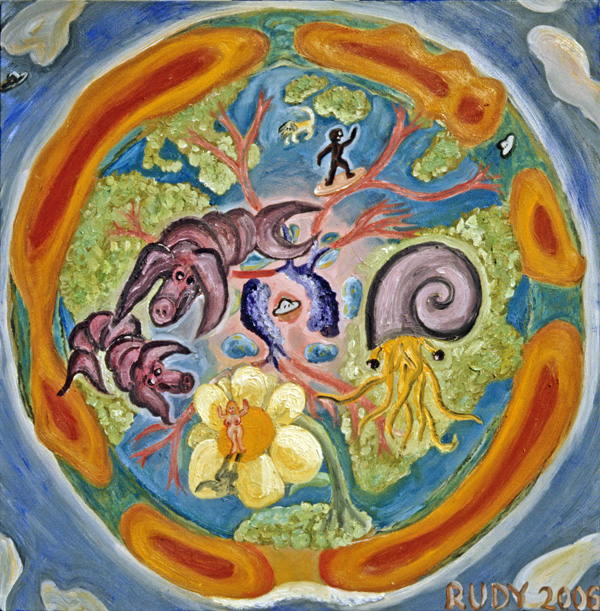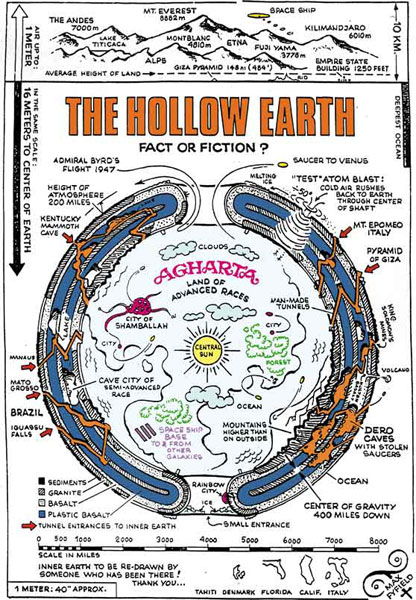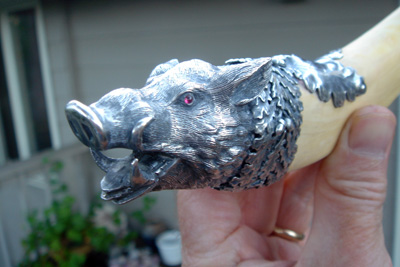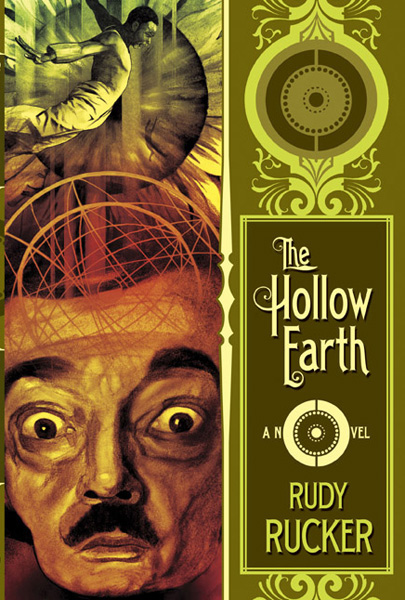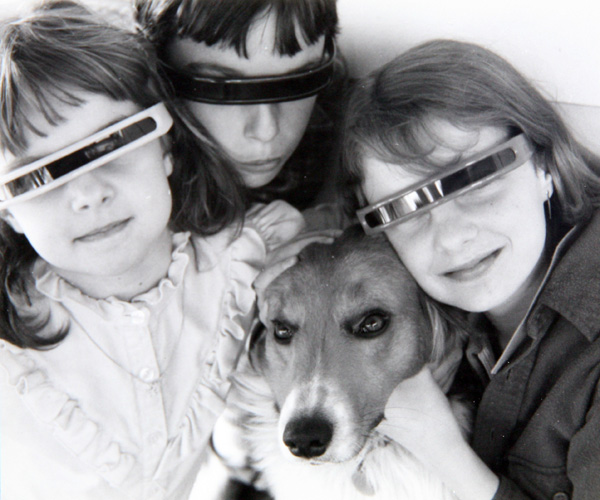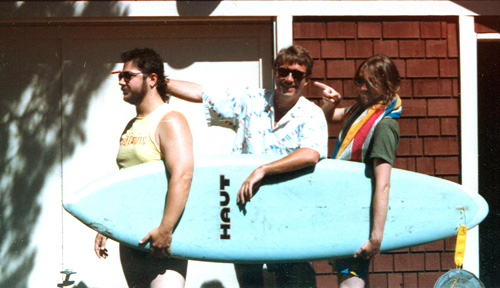Today’s text is from my memoir-in-progress, Nested Scrolls, and many of the photos are from the Los Gatos Christmas parade.
For the years 1990-2001, my novel Software was under option to a series of film companies, ending up at Phoenix Pictures. Every year someone would renew the option, and I’d get a few thousand more bucks. It was an exciting run, with dozens of ups and downs, and I went to a bunch of Hollywood meetings.
I took Rudy Jr. down there with me one time, to see Scott Billups, who was for a time slated to direct the film. Scott kept telling us about a helicopter skiing trip he’d taken, going on and on about the “long lines of powder,” which seemed like a bad sign. He had a connection with Mike Medavoy, the studio head at Phoenix Pictures.
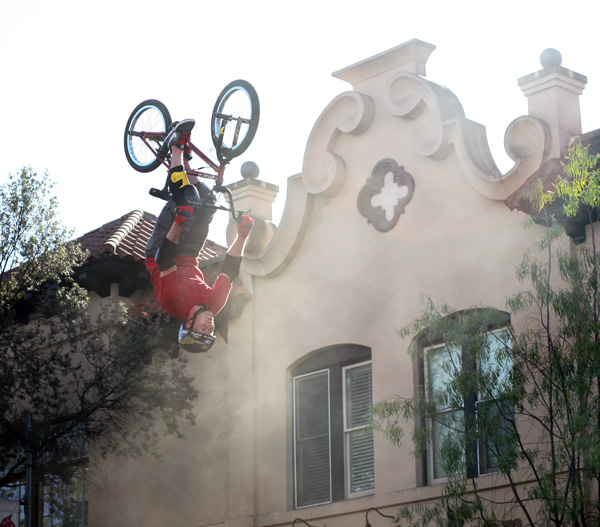
“Mike’s got a new wife, and she’s running him ragged,” Billups told us.
“Is she beautiful?” I asked.
“Whatever she didn’t have, Mike bought her,” said Billups.
Medavoy wasn’t liking the script that Billups’s writer had come up with, so Phoenix hired the screenwriters from Toy Story, and gave them strict instructions not to read my book, but to work only from the existing scripts—there were four prior scripts by now, one of them by my cyberpunk friend John Shirley.
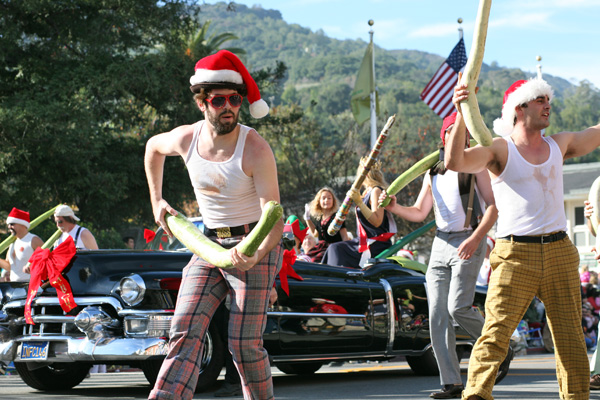
The fifth script was horrible, and they kept getting worse—soon we were up to version eight. By now Billups was being edged out, but Medavoy stayed active. I went down for another meeting and everyone was really encouraging.
One of the assistant producers and I went to strip club after that meeting. Sylvia couldn’t believe it, me in a strip club with my producer.
“What a sleaze-bag that guy must be!”
Actually, if the truth be told, it was my idea to go see the strippers. It seemed like the right thing to do. And the club was right next to the airport.
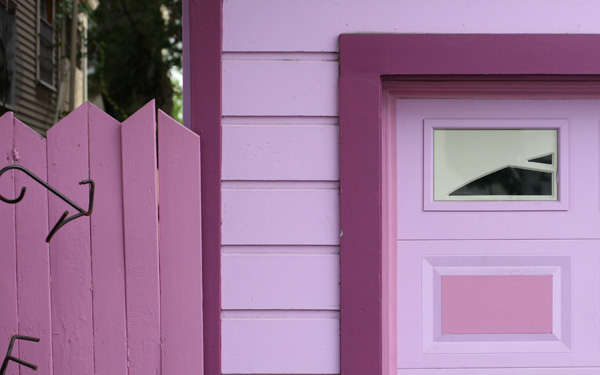
The scripts kept getting worse—we were up to version ten before long. The film agent I was using then, Steve Freedman, told me that by now Phoenix had spent over a million dollars on test shots and discarded screenplays. I was alarmed that they’d thrown out so much money on such shit. But Steve said it was all good.
“The million dollars makes Medavoy pregnant. If he tries to back out, I say, ‘No, you’re pregnant, you’ve got to make the film.’”
I had one last meeting with Mike Medavoy. He finally wanted my advice on how to doctor the script. They flew me to LA first class, and a limo picked me up at the airport. Like so many people in LA, the driver was talking about the Business, and she was happy to hear I was going to a script meeting.
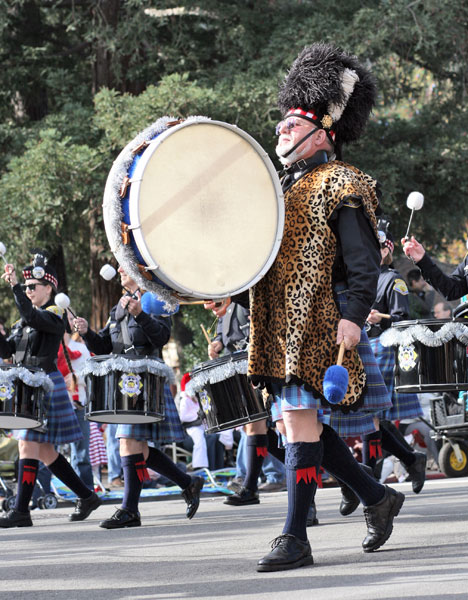
Outside the Phoenix building, I met Steve Freedman. He wasn’t a big-time agent by any means. I’d hired him more or less at random. He looked more feral and weasel-like than I’d remembered from our earlier meetings. He was wearing a Mexican wedding shirt with the tail hanging out. I was wearing black silk pants, black silk sport shirt, black silk jacket and wraparound black shades. Mr. Cyberpunk.
Steve had been somewhat manic during our recent phone conversations, so I warned him not to be throwing in extra story ideas of his own. He agreed readily, and claimed that at the end of the meeting he’d corner Medavoy and get us our final deal.
We cooled our heels in a side room for a half hour, chatting with an assistant producer. Medavoy was stuck in a meeting, running a little late.
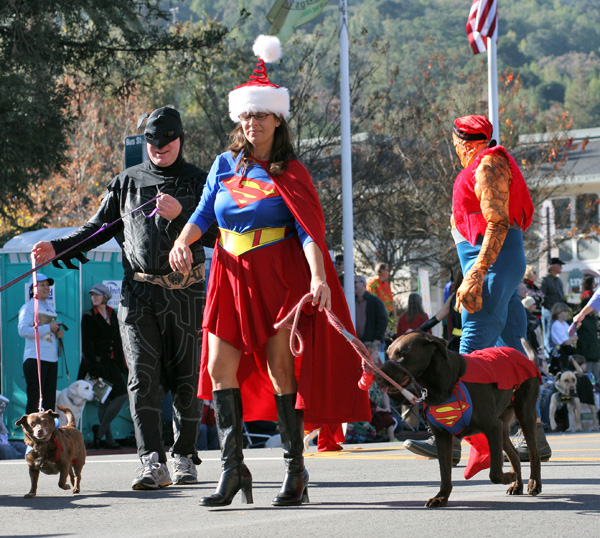
“So who’s he meeting with?” I asked the assistant producer.
“Arnold Schwarzenegger.”
The Terminator! Right here! Arnold was starring in film called The Sixth Day that Phoenix was to release in a few months. Soon Arnold walked by with his body guard, coming out of his meeting. He was short, as the big stars always are. He glanced over, checking us out.
And now it was our turn with Mike Medavoy. It was him, me, Steve, and a couple of assistant producer guys. One of these two appeared to be wearing foundation makeup and lipstick. Or maybe he was made of plastic. My focus was on Medavoy. He was an Irish-looking guy, in preppy clothes.
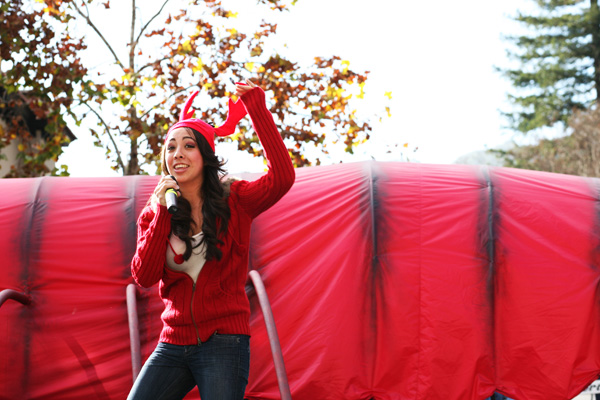
He said he was worried about the project, and that he was embarrassed to have spent over a million dollars. He longed to hear a decent plot line, clearly broken into three acts.
I’d been preparing for this. By now I understood the Hollywood obsession with three acts. I began pitching my version, talking for five or ten minutes, but I went too slow.
Medavoy interrupted, weary and impatient. “Tell me the second act before I have to kill myself.”
Flop sweat. I rushed through the second act, but I only got in a few words about my third act before Medavoy cut me off.
“Hard to make all that work,” he said, dismissing my ideas.
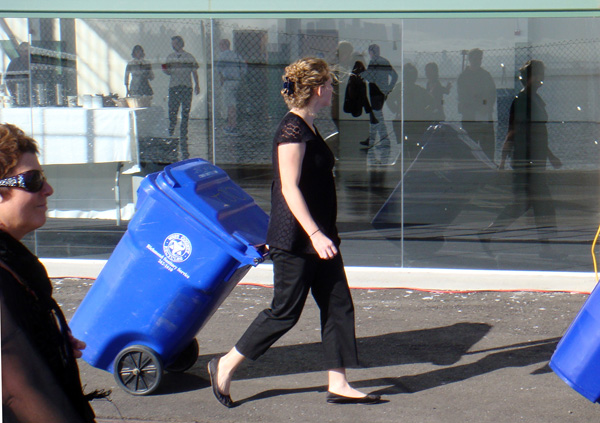
And then he told how he envisioned the movie. A thriller. Lots of chase scenes. An epic battle for the spaceport, with American soldiers against robots. A general and a colonel for the lead characters.
“Big base on the Moon,” continued Medavoy. “It’s, I dunno, why not the Octagon?”
I was flabbergasted, horrified, uncomprehending. “Octagon?”
“Like the Pentagon where the military is. I was just there on a tour last week. They have two war rooms now. It’s great.”
I glanced over at Steve Freedman. He was grinning ear to ear with his head nodding Yes like a plaster dog with its head on a spring. He’d never actually seen Medavoy before. He was in paradise just sitting at this meeting. There was no way he was going to corner this studio head and tell him he was pregnant.

And then Medavoy’s underlings were hustling us out. Steve and I walked across the street and had lunch in the SONY cafeteria, a couple of Hollywood losers, cheering ourselves up with thick sandwiches and staircase wit. I started rapping about pumping up the third act with a flying robot mosquito loaded with a mind-virus to sting the President. I picked up the frilly toothpick from my sandwich and zoomed it around, menacing Steve with it, and he was laughing. He told me his father had been a Hollywood agent too.
The Software project was dead. A couple of months later, Phoenix Pictures sent the new Schwarzenegger movie, The Sixth Day, into the theaters.
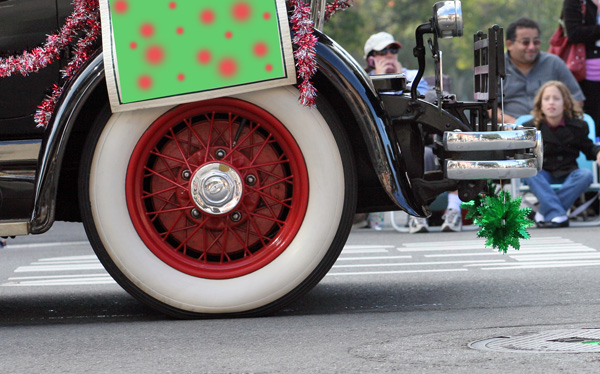
This film carries strong echoes of my Ware books. The central idea in The Sixth Day is to record someone’s brain software and then to load that personality onto a tank-grown clone of that person.
These happen to be a pair of ideas that appeared, arguably for the very first time, in my novels Software and Wetware. It took me some years of thought and effort to come up with these twists. They hadn’t been obvious or “in the air.” But by now cyberpunk was old news, and my books had been kicking around the Phoenix offices for a decade.
The villain in The Sixth Day wears horn-rimmed glasses just like mine and is called “Drucker.” Might the film-makers have been driven by a Raskolnikov-like compulsion to confess their crime?
“Yes, I killed the old woman with an axe! Yes, I stole Dr. Rucker’s ideas!”

So did I sue? Well, Mom always said it’s tacky to sue. I’m a writer, not a lawyer. And, after all, I had picked up a fair amount of money from Hollywood by repeatedly rolling over those option agreements for ten years. Why bite a hand that might feed me again?
[For still more on this, see my earlier blog entry on Remembering Software in Hollywood.]
